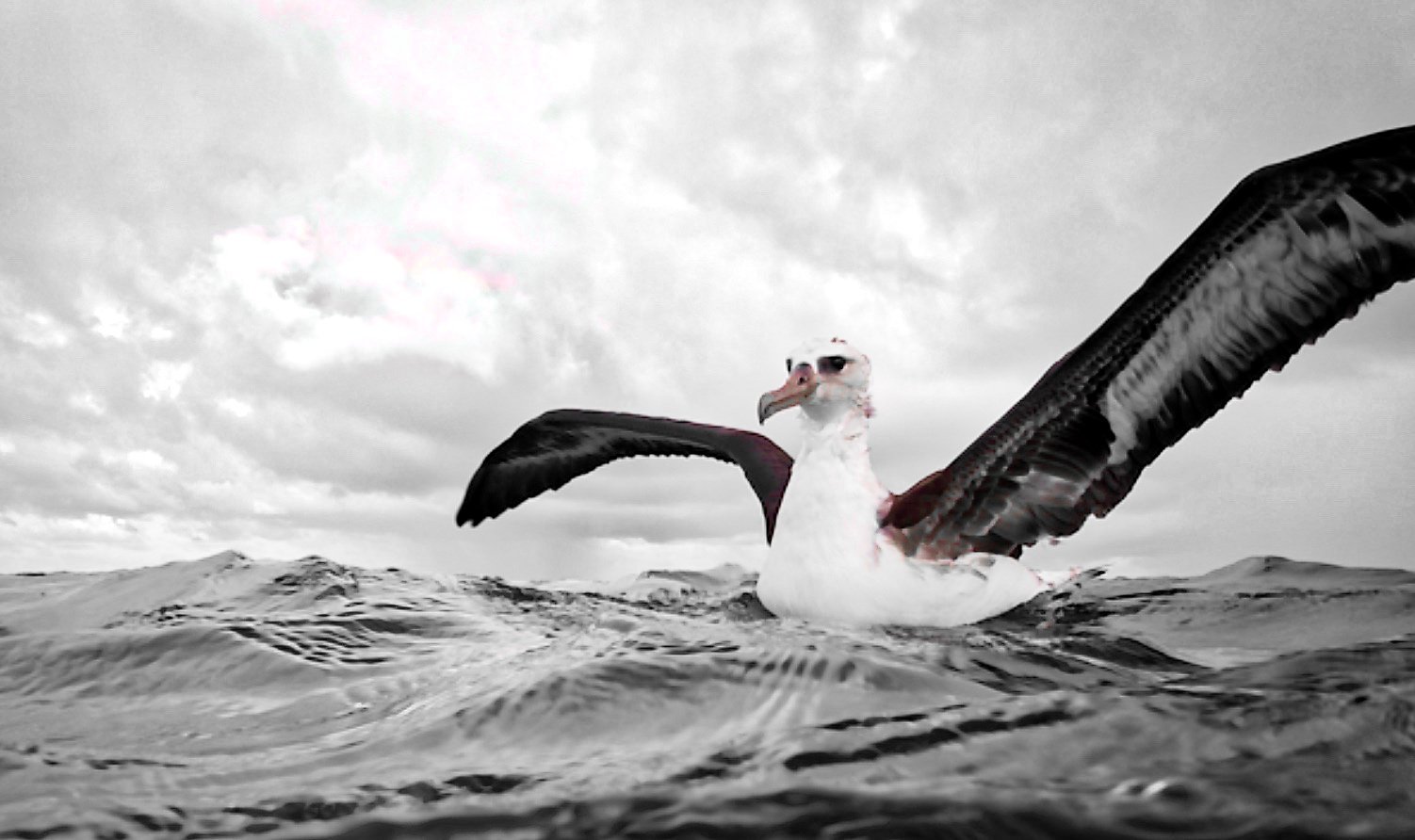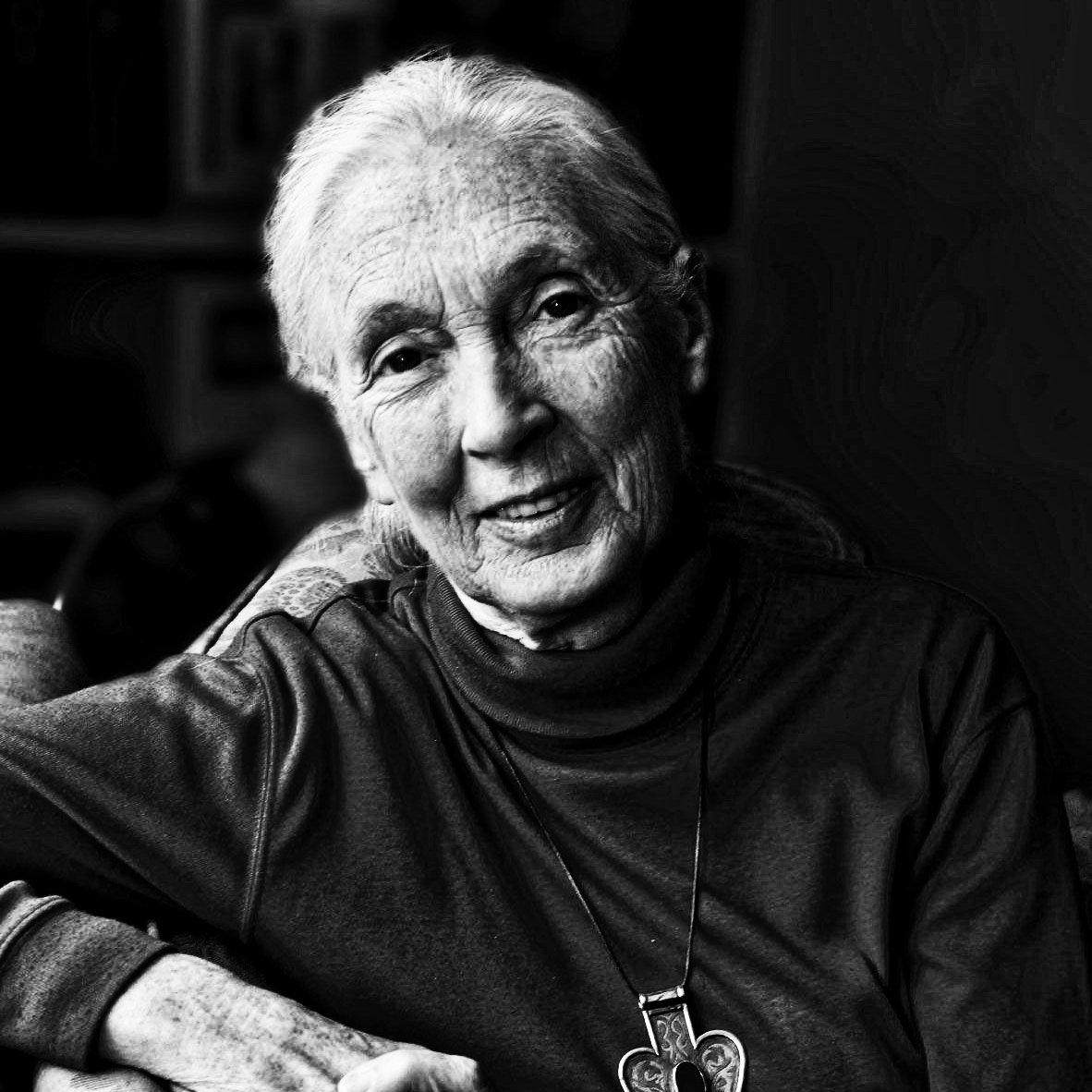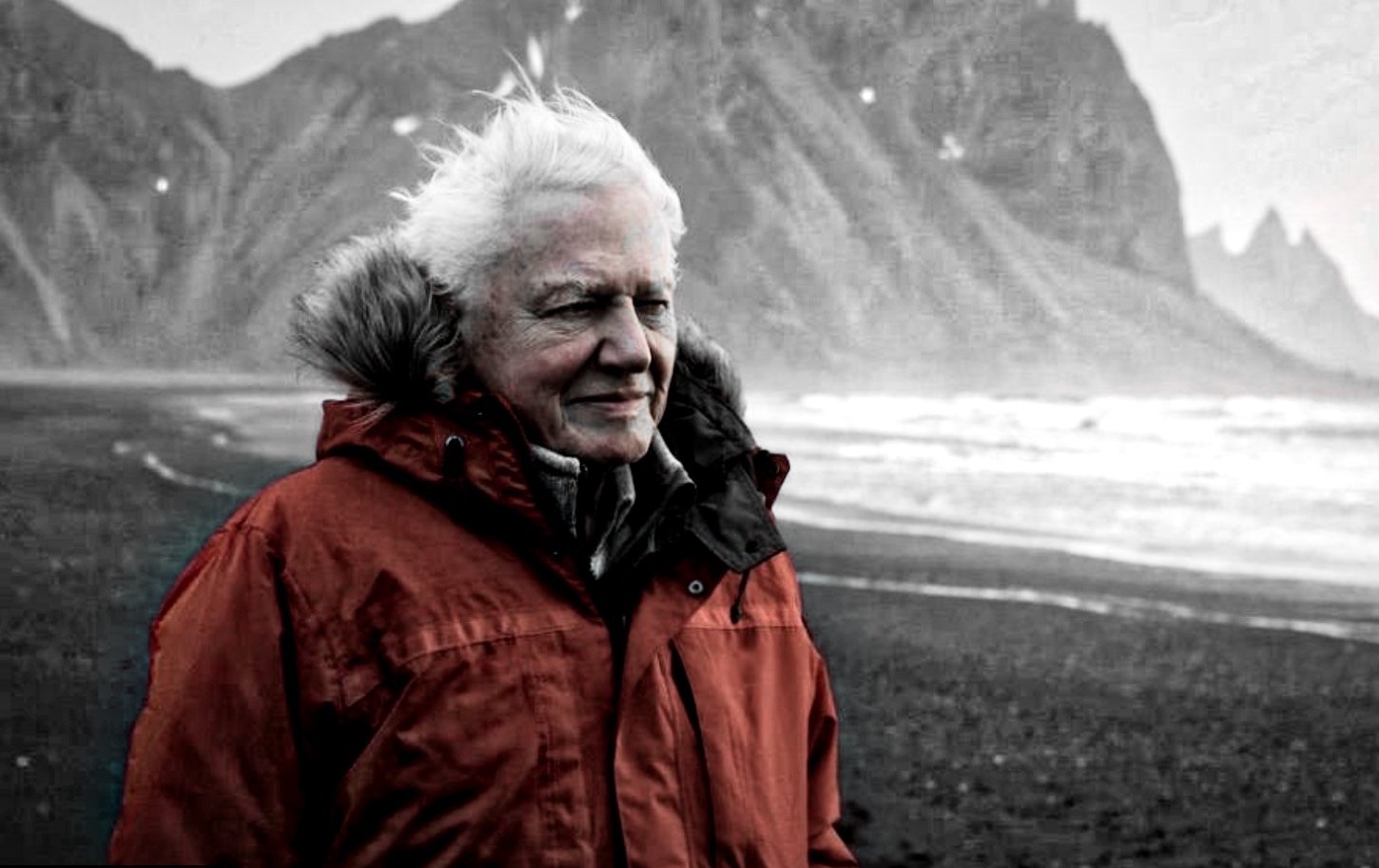The lives of desperate seabirds in an ocean of plastic
For all the moments of grace and majesty in the opening hour of Our Planet II — and there are several, from the tiny murrelet chick on Vancouver Island so small it trips over twigs on its trek toward the shore to the Kalahari lions working together to take down a cape buffalo five times their size — one sequence stands out.
The lonely vigil of a scruffy, disheveled albatross chick waiting days on end on the remote Pacific island of Laysan for its mother to return from the sea with life-giving food is likely to leave an indelible impression on anyone who sees it. Survival against terrible odds is a recurring theme in World on the Move, the first hour of Netflix’s four-episode follow-up to 2019’s Our Planet, hosted and narrated with familiar urgency by David Attenborough. Even if the albatross chick should survive its early-life fight against slow starvation, dangers await. When it finally learns to fly on its own, ungainly and awkward on its maiden flight across the sea — more hop-and-jump than actual flying — swarms of tiger sharks, thousands of them, exact a deadly toll on albatross chicks that haven’t learned the life skills yet needed to survive at sea.
The real challenge, though — and the message that drives Our Planet II in its entirety — is that humans have made the chick’s fight for survival all the more daunting. “There is now so much plastic in our oceans that it reaches the most remote islands on Earth,” Attenborough says. Pictures say more than words, though, and the accompanying visuals — of the tiny chick dry-heaving, opening its beak wide, and struggling to regurgitate plastic crud its mother has mistaken for food — are impossible to ignore. Or forget.
Plastic, the detritus of our all-consuming lifestyle in a world driven by the insatiable pursuit of financial profit at any cost — is destroying the planet, piece by gaudy,
brightly colored piece.
We know this, of course, but it’s quite another to see it with our own eyes, in such wrenching, heartfelt detail.
These Attenborough-voiced programs are not a dirge, though. Without the moments of beauty and grace and dignity, there would be little reason to watch. Our Planet is a cautionary tale, but there is reason for hope, rooted in nature’s resilience and humankind’s collective potential for course correction.
World on the Move focuses on the migratory patterns of insects, birds, and land animals as they embark on often life-threatening journeys to feed themselves and their newborns, mate and breed, and find new homes. It’s a retelling of Homer’s Odyssey, featuring lions, walruses, and polar bears, among countless others, and it’s a marvel to witness. The cinematography is astounding, some of the finest of the entire Planet Earth canon, and is reason alone to watch. Cutting-edge drone technology allowed the size of the migrating megaherd of buffalos in the show-opening sequence to be counted for the first time — and revealed the herd to be more than 5,000 strong.
A sequence following a swarm of locusts in Ethiopia, filmed during the 2020 pandemic, shows locusts crossing entire continents in a wave of destruction … stopped only by ever-more-deadly pesticides.
The circle of life is fast becoming a doom loop, which is important to know if we are to have any hope of overcoming obstacles of our own making. Our Planet is vibrant, urgent — and disarming in its simplicity. It’s nature programming at its most earnest. And timely.
Next: a look at episode 2, Following the Sun.






